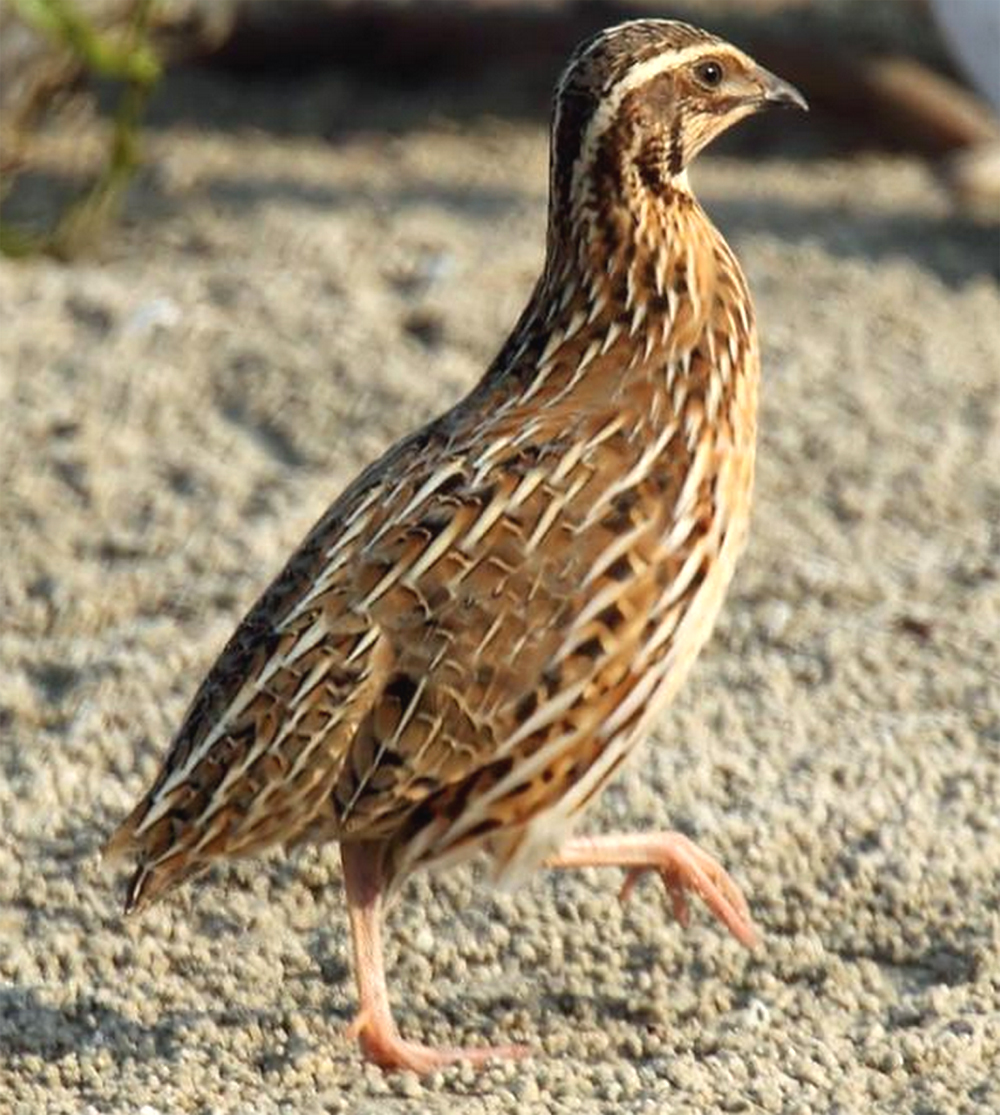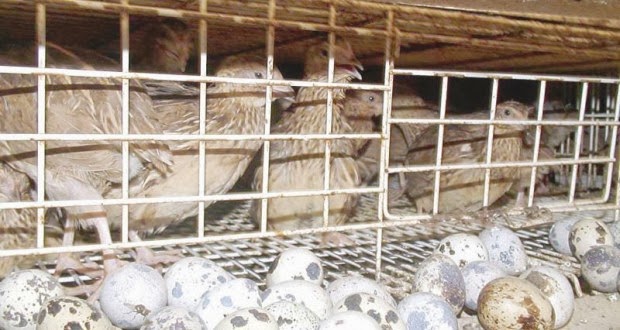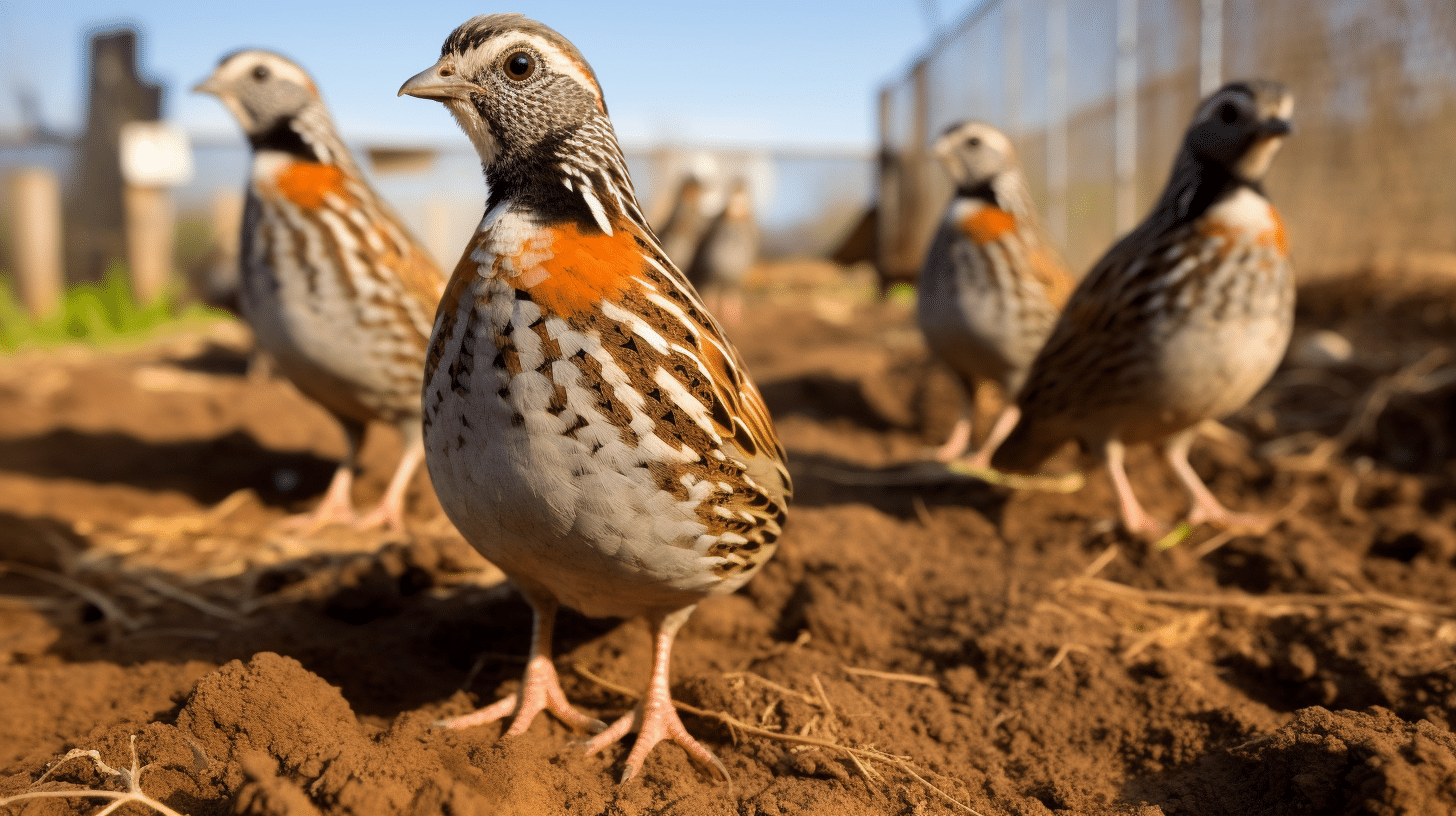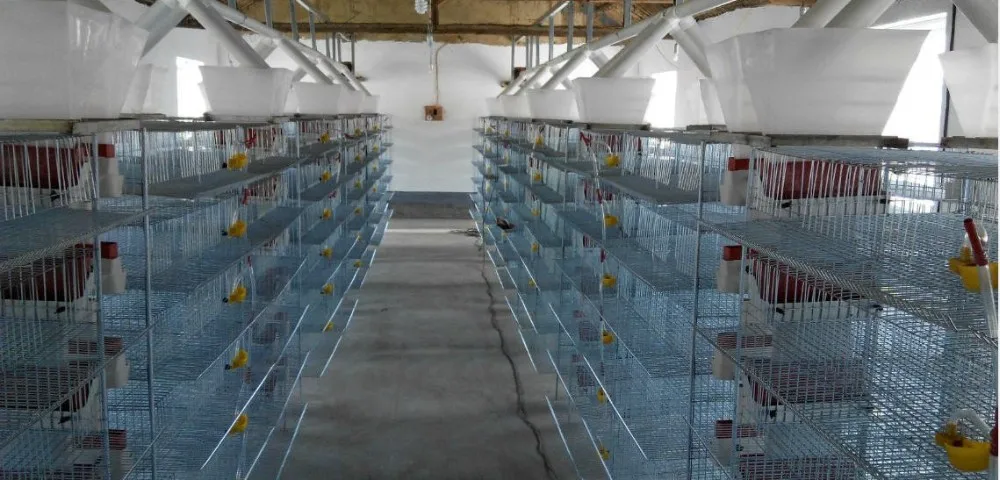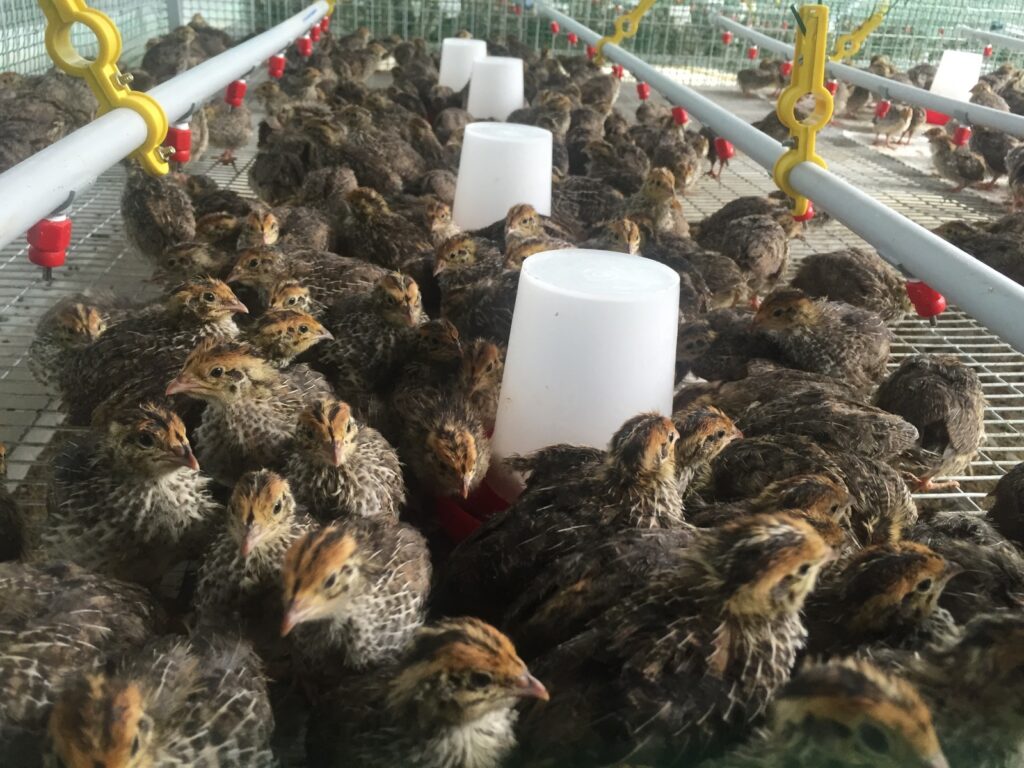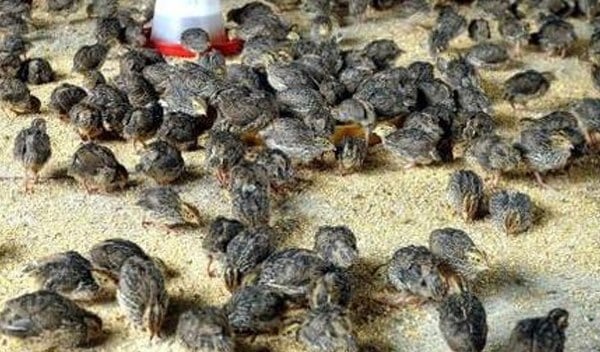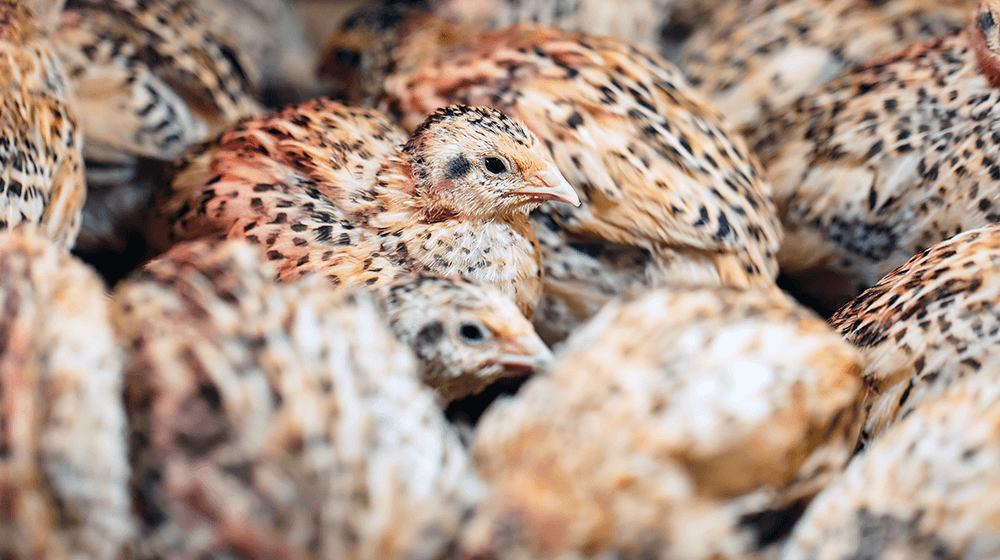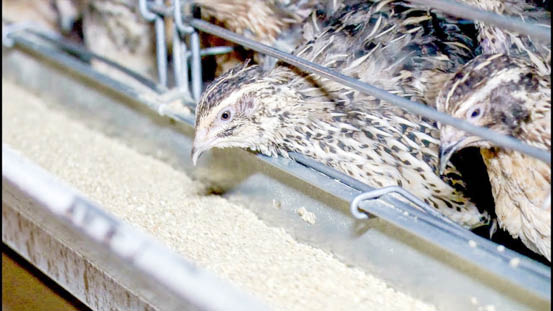Is Quail Farming Profitable In Kenya

Quail farming has gained traction in Kenya in recent years, touted as a lucrative alternative to traditional poultry farming. However, the question remains: is quail farming truly a profitable venture for Kenyan farmers?
This article explores the economic viability of quail farming in Kenya, examining production costs, market demand, challenges, and potential returns, drawing upon available data and expert insights.
The Allure of Quail Farming
Quail farming initially attracted interest due to the birds' rapid growth, high egg production relative to their size, and perceived health benefits associated with quail eggs. This led to a surge in farmers venturing into quail rearing, hoping to capitalize on the perceived market opportunity.
However, this initial enthusiasm was tempered by market fluctuations and a lack of comprehensive information about the industry.
Production Costs and Potential Returns
One of the key factors determining profitability is the cost of production. This includes the cost of purchasing quail chicks, feed, housing, medication, and labor.
Data from various agricultural reports indicates that initial investment can be relatively high, especially for those starting on a large scale. Feed costs are particularly significant, as quail require a specialized diet to ensure optimal growth and egg production.
Returns are primarily generated from the sale of quail eggs and meat. Market demand for quail products in Kenya is still evolving. While niche markets exist, particularly among health-conscious consumers and restaurants, widespread demand remains limited.
The price of quail eggs and meat can fluctuate depending on supply and demand dynamics. Farmers who have secured reliable market outlets, such as contracts with hotels or supermarkets, are more likely to achieve consistent profitability.
Market Challenges and Competition
The Kenyan quail farming industry faces several challenges. One major hurdle is the lack of awareness among consumers about the benefits and uses of quail products.
Another challenge is competition from imported quail products, which can undercut local prices. Furthermore, inadequate infrastructure, such as poor road networks and limited access to cold storage facilities, can hinder the efficient distribution of quail products.
According to a report by the Kenya Agricultural and Livestock Research Organisation (KALRO), the informal nature of the quail farming sector also poses difficulties. Many farmers operate on a small scale without proper business plans or market research.
"The sustainability of quail farming in Kenya hinges on addressing these challenges and promoting a more structured and market-oriented approach," states Dr. Ann Maina, an agricultural economist at KALRO.
Success Stories and Sustainable Practices
Despite the challenges, some Kenyan farmers have successfully established profitable quail farming enterprises. These farmers often employ innovative marketing strategies, such as online sales and direct marketing to consumers.
Adopting sustainable farming practices, such as using locally sourced feed ingredients and implementing effective waste management systems, can also reduce production costs and enhance profitability.
For instance, John Kariuki, a quail farmer in Kiambu County, emphasizes the importance of diversification. He combines quail farming with other agricultural activities, such as vegetable farming, to generate multiple income streams and mitigate risk.
Conclusion
The profitability of quail farming in Kenya is not a straightforward question. While the potential for profit exists, it requires careful planning, efficient management, and a thorough understanding of the market.
Farmers need to conduct comprehensive market research, secure reliable market outlets, and adopt sustainable farming practices to maximize their chances of success. Government support in terms of training, access to finance, and market development can also play a crucial role in promoting the growth and sustainability of the quail farming industry in Kenya.
Ultimately, the future of quail farming in Kenya depends on overcoming existing challenges and fostering a more structured and market-driven approach.
